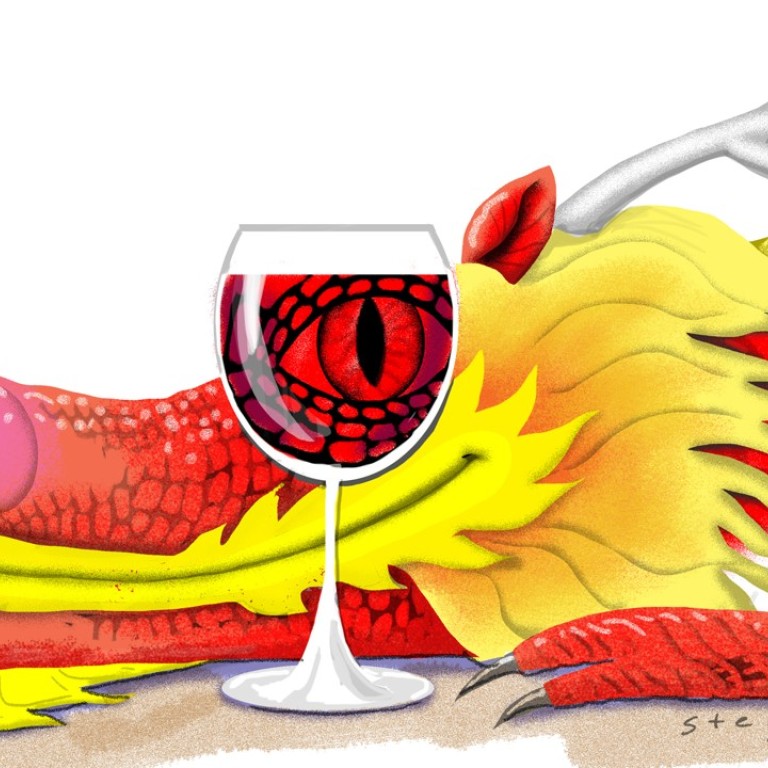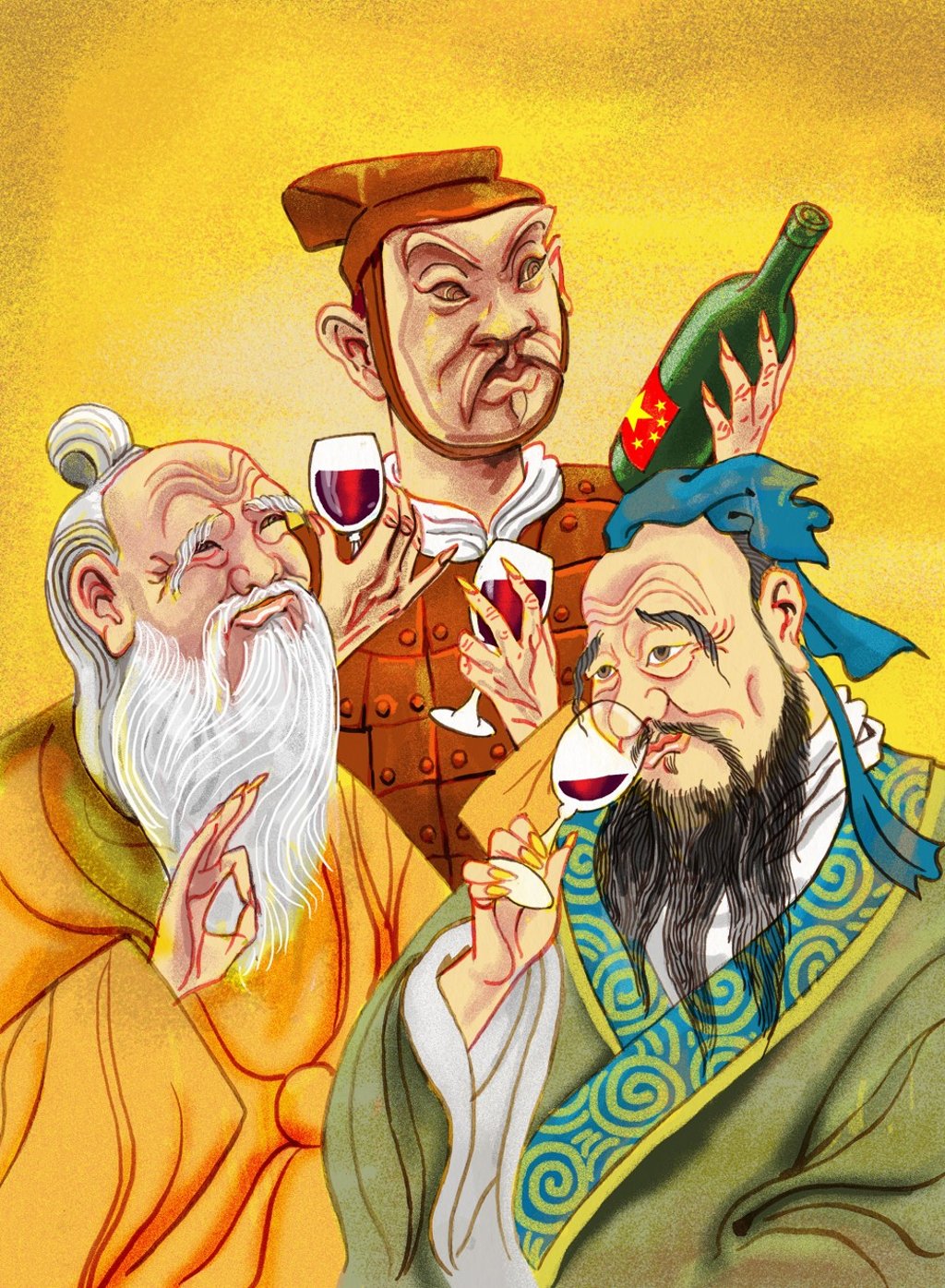China's thirst for wine is outpacing the rest of the world. Here's why

China is set to outpace much of the rest of the world by 2020 and become the world’s second-largest wine market. And a key driving force behind that may be e-commerce
With China set to out-drink the majority of the world by 2020 and online shopping habits becoming an increasingly important factor for businesses to consider, one could justifiably wonder whether the future of wine is coded within an Eastern IP address.
According to private bank Julius Baer’s Wealth Report: Asia Luxury Wine Feature, released in May, China is set to outpace much of the rest of the world by 2020 and become the world’s second-largest wine market. And a key driving force behind that may be e-commerce.
According to Deloitte China’s Luxury E-Commerce White Paper 2017, which looked at China’s luxury spending habits, the nation ranked as the world’s second-largest luxury market in 2016, just behind the United States, with a total sales volume of 498.3 billion yuan (HK$578.2 billion). It also shed light on the booming success of e-commerce in China. The paper found 10 per cent of total wine purchases in 2016 were made online. This is not surprising – China is home to online market giants JD.com, Tencent and Alibaba, which owns the South China Morning Post and its STYLE magazine.
“It’s the fact that the brick-and-mortar wineshop infrastructure in China is just at a much earlier phase of development than it is in other markets in the world,” says Hong Kong-based master of wine Sarah Heller. “The US, for example, has both a very well-developed visible retail market and also very strict interstate shipping laws that make e-commerce challenging.”
Inter-state, or in China’s case, inter-regional or interprovincial taxes, seem a non-issue. Another is the number of players competing for business.
It’s the fact that the brick-and-mortar wineshop infrastructure in China is just at a much earlier phase of development than it is in other markets in the world
“The online scene or the structure of the market is conducive to rapid growth because it’s basically centred on a few really large players – Alibaba, JD.com, and to a lesser extent now Tencent with WeChat trying to enter the e-commerce space,” Heller explains. “The nature of the regulatory environment where it’s easy for wine to cross borders once it’s in the country and the lack of development in the physical retail infrastructure are all reasons why online has become such a big portion of the market in China.”

